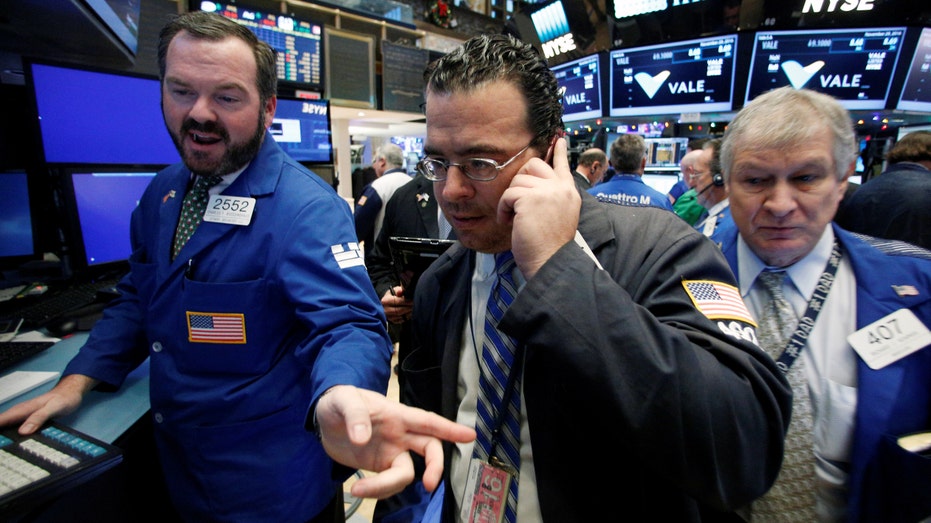Picking an ETF: Experts weigh in
Consider your investment goals and costs associated with the exchange-traded fund
The Fed is still not your friend if you are this type of investor: Cameron Dawson
Cameron Dawson and Matthew Tuttle provide guidance on the stock market on 'Making Money.'
If you are looking to diversify your portfolio, consider exchange-traded funds, or ETFs, which are baskets of securities, similar to mutual funds that can offer less risk.
"ETFs own a wide variety of securities that can counterbalance one another and limit the risk of owning individual stocks or bonds," explained Todd Rosenbluth, head of research at VettaFi. "In 2022, many of the largest companies have declined sharply, but investors in diversified ETFs have not incurred the same degree of losses."
How can you begin your research?
According to Rosenbluth, you can learn about an ETF's cost, performance and holdings at a fund company’s website or put this data in perspective using third-party platforms like ETF Database or others that are available for free.
What should you look for when choosing an ETF?
When doing your research, Rosenbluth suggests you look for a variety of traits when picking an ETF, including a relatively low expense ratio, a record of performance consistent with its broader investment style and the exposure it provides.
"While broad market large-cap equity ETFs tend to look and perform like one another, more narrowly focused ETFs tied to value, dividends or technology themes can be constructed differently," he explained.
NEW ETF LAUNCHES WITH BREAKFAST STRATEGY
Consider your investment goals
Rodney Comegys, global head of the equity index group at Vanguard, noted that before investors even begin to consider which ETFs to choose, there are some important decisions to be made.
"First, develop clear and appropriate investment goals that are grounded in reasonable expectations for market returns and savings or spending levels," Comegys said.
Next, he advises constructing a diversified, strategic asset allocation that aligns with your investment goals and risk tolerance.

Traders work on the floor of the New York Stock Exchange (NYSE) in New York City, U.S., November 29, 2016. (Reuters/Brendan McDermid / Reuters Photos)
GET FOX BUSINESS ON THE GO BY CLICKING HERE
Finally, Comegys said to look for broadly diversified, low-cost stock and bond ETFs that work for your investment plan.
"The key is focusing on the things you can control, like keeping costs low and sticking with your investment plan through the inevitable gyrations of the markets, and tuning out the noise," he said.
Consider cost
Another component related to your ETF decisions is to consider the cost.
"Looking at an ETF’s expense ratio, or the cost to administer the ETF, will help you recognize the cost of the investment," says Wendy Liebowitz, vice president and branch leader at Fidelity Investments.
CLICK HERE TO READ MORE ON FOX BUSINESS
She advises determining if the potential returns of the ETF have the ability to cover the expense ratio and provide a return that you believe to be sufficient for the amount of risk you are taking in the investment.
"The key here is to compare the investment to its relative index benchmark to see how well the ETF is delivering against its level of risk," Liebowitz said. "Evaluating exposure, cost, and liquidity when choosing an ETF should allow you to pick one that best meets your financial goals – and keep factors such as time horizon and risk tolerance in mind as well."




















